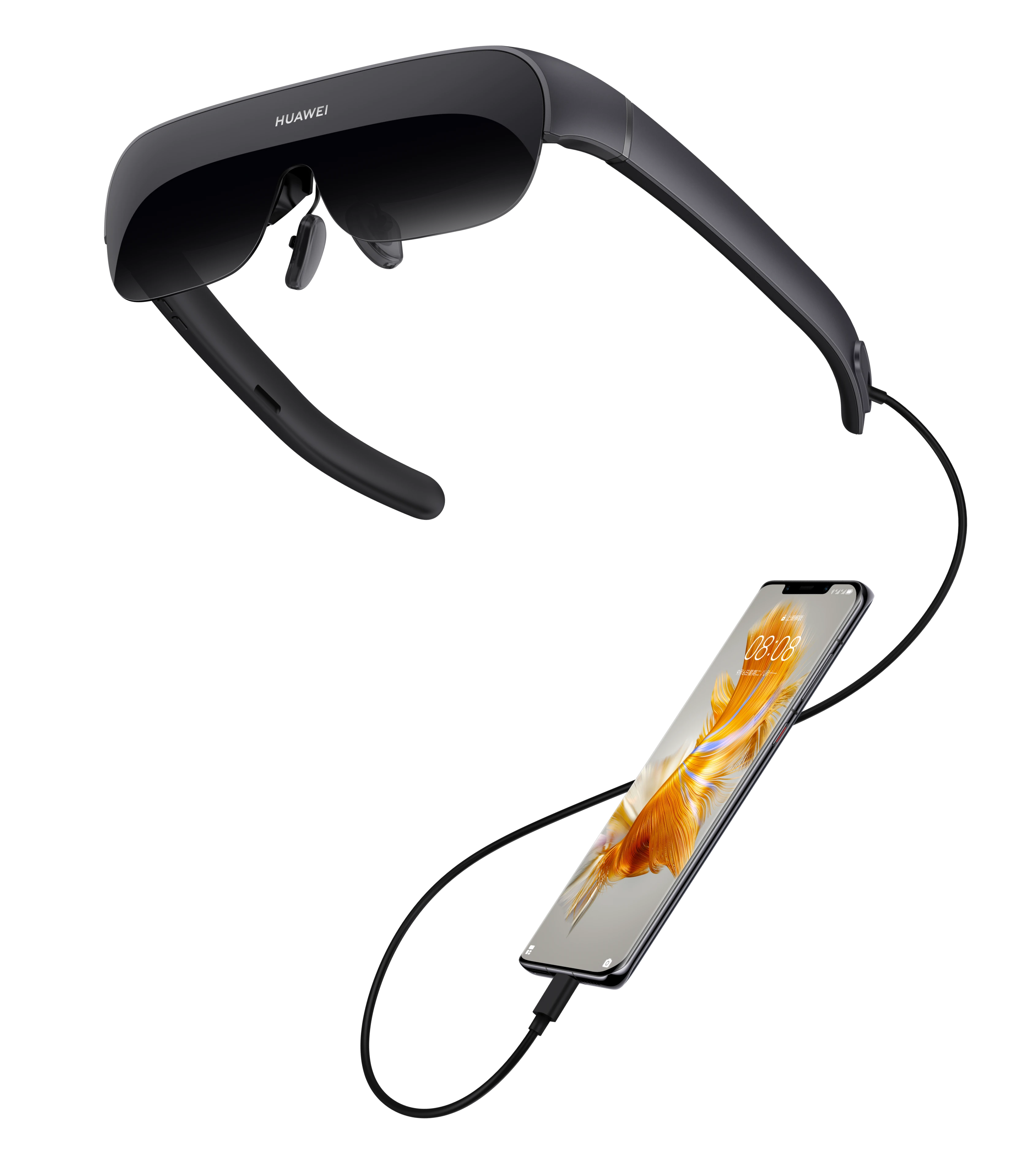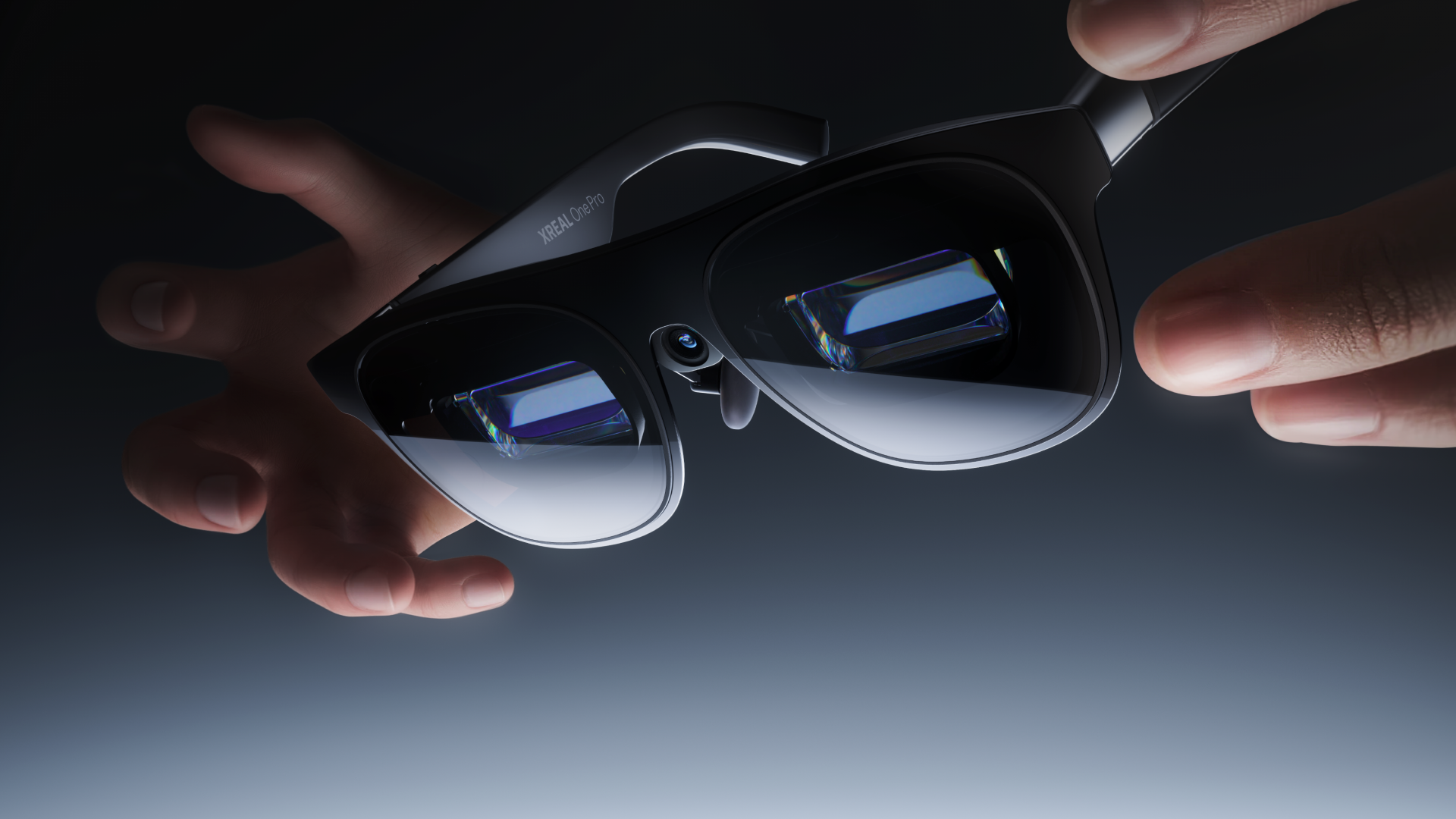AI Smart Glasses: Research on Industrial Transformation from Technological Breakthroughs to Ecosystem Construction
I. Current Development Status of the AI Smart Glasses Market
(I) Market Scale and Growth Drivers
In 2024, global shipments of AI smart glasses exceeded 9 million units. The Chinese market accounted for 23% of the global share with 2.1 million units, achieving a year-on-year growth rate of 135%, demonstrating strong regional vitality (IDC data). TrendForce pointed out that the shipment volume of Pancake optical modules in the third quarter of 2024 increased by 87% month-on-month, reflecting the explosive production capacity of the industrial chain. Counterpoint Research predicts that the market scale will exceed 12 billion US dollars in 2025, with a compound annual growth rate of 62%. Among them, Chinese enterprises have an innovation speed 1.8 times faster than the global average, forming a technological generation gap in optical display and AI algorithms.

(II) Competitive Pattern and Leading Players
The market shows a “pyramid-shaped” differentiation: Meta ranks first in the high-end market with 2 million shipments; XREAL leads the consumer market with a 49.7% share; Huawei and Xiaomi accelerate price reduction through cost-effective products, and Huawei’s smart glasses series has won the first place in China’s audio glasses shipment volume for four consecutive years. On the supply chain side, OFILM has laid out the Pancake curved lamination process, becoming one of the few optical enterprises mastering this technology, and has carried out complete machine assembly cooperation with YVR 2 and other companies, highlighting its vertical integration capabilities.

II. Core Technological Breakthroughs and Industrial Bottlenecks
(I) Key Technological Innovations
1. Optical Display Technology
The Pancake ultra-short focus solution occupies 75% of the high-end market. By folding the optical path in multiple layers, the module thickness is reduced to less than 15mm, and the total weight of the device is controlled within 80g. The market scale is expected to reach 2.8 billion US dollars in 2025 (Yole report). JBD has mass-produced 0.13-inch Micro LED micro-displays; waveguide manufacturer DigiLens received a 20 million US dollar investment from Samsung; the localization rate of domestic polarizing films has increased to 65%, reducing the cost of optical modules from 42% to 28% (CITIC Securities).
2. AI Interaction and Computing Power Optimization
The localized deployment of GPT-4 Turbo has reduced the latency to 200ms, and the accuracy of multi-modal interaction has increased to 91%, promoting the implementation of scenarios such as real-time translation and intelligent navigation. Rokid has independently developed the YodaOS-Master operating system, which realizes low-power scheduling through edge-cloud collaboration, integrating dual waveguide modules into a lightweight body of 49g, with a display brightness of 1500nit under strong outdoor light.
(II) Challenges in Technology Implementation
1. User Habits and Experience Pain Points
The average daily usage time is less than 1.8 hours, mainly limited by battery life (generally 4-6 hours), weight (most consumer products exceed 50g), and cross-platform ecosystem fragmentation, such as data interoperability obstacles between iOS and Android devices.

2. Regulatory and Security Risks
Image collection by cameras raises privacy concerns. Currently, only five departments including the Ministry of Industry and Information Technology of China have issued the Guiding Opinions on Improving the Quality of Smart Wearable Devices, requiring the establishment of national standards for the optical performance of AR devices by 2025. The industry compliance system is still to be improved.
III. Industrial Ecosystem Construction and Scenario Expansion
(I) Collaborative Development of the Industrial Chain
1. Upstream Core Components
In the chip field, Xuanheng Technology and Rockchip provide dedicated AI computing chips; display modules have formed differentiated technical routes of LCOS, MicroLED, and waveguide, with companies such as Crystal-Optech and GigaDevice laying out key materials; structural component manufacturers like Lens Technology have realized full-process coverage from lens production to complete machine assembly, supporting the mass production of brands such as Rokid.
2. Midstream Brands and OEMs
Huawei and Meta lead brand innovation: Huawei’s Smart Glasses 2 Titanium Round Frame integrates vision correction and Bluetooth headphone functions; Meta Ray-Ban Meta attracts consumer groups through fashionable designs. OEM manufacturers such as Goertek and OFILM undertake the assembly of high-end products, with internationally advanced automated production lines and quality control systems.

(II) Diversified Application Scenarios
1. Consumer Scenarios
Intelligent Interaction: Rokid Glasses support voice activation and real-time translation, raising over 3.6 million US dollars on Kickstarter, verifying the market acceptance of lightweight AR glasses;
Sports and Daily Life: XREAL focuses on the viewing scenario, realizing giant screen projection through spatial computing; Thunderbird Innovation has customized an AI assistant in collaboration with Alibaba Cloud, covering high-frequency needs such as navigation and photography.

2.Industrial Application Scenarios
The Hangzhou Traffic Police have adopted Rokid Leqi Glasses to achieve rapid vehicle verification, increasing the hourly processing capacity by 87.5%; in the industrial field, AR glasses assist in remote maintenance, guiding operations through real-time image recognition and reducing fault handling time by 30%.
IV. Future Trends and Strategic Paths
(I) Directions of Technological Evolution
1. Extreme Lightweight and Battery Life Improvement
The goal is to control the weight within 30-50g. Through low-power chips (such as VeriSilicon GCNano3DVG) and dynamic power adjustment technology, more than 8 hours of battery life will be achieved to meet the all-day wearing needs.
2. Full-Scenario Ecosystem Integration
Large models are deeply embedded in devices. For example, DeepSeek-R1 promotes edge-cloud collaboration, supporting complex task processing in offline mode; the operating system integrates functions such as health monitoring and environmental perception, building an intelligent ecosystem of “device as a service”.
(II) Market Expansion and Ecosystem Construction
1. Accelerated Penetration Rate Improvement
Wellsenn XR predicts that the sales volume of AI smart glasses is expected to reach 1.4 billion pairs by 2035, with a penetration rate exceeding 70%, replacing part of the traditional glasses market; due to the complete supply chain, the annual shipment growth rate of the Chinese market is expected to remain above 50%.
2. Global Competition and Standard Setting
Supply chain enterprises such as OFILM and Crystal-Optech, relying on their technical accumulation, are transforming from “followers” to “rule-makers”; Huawei and ByteDance are promoting Chinese solutions to participate in international standard-setting through overseas layouts (such as cooperation with Meta).
(III) Risk Response Strategies
Policy Compliance: Establish a privacy computing mechanism to realize “data available but not visible” through federated learning;
Ecosystem Co-construction: Open developer platforms, such as Meta Glasses opening AI function interfaces to attract third-party application entry and solve cross-platform barriers;
User Education: Conduct experience marketing focusing on high-frequency scenarios (such as commuting navigation and meeting minutes) to cultivate the usage habit of “device as an entrance”.
Conclusion
AI smart glasses are moving from technology verification to large-scale commercialization. Optical breakthroughs and the integration of large models drive the upgrading of product experience, while the collaboration of the industrial chain and ecosystem construction determine long-term competitiveness. Facing challenges such as insufficient average daily usage time and lack of regulatory standards, enterprises need to focus on lightweight innovation, scenario deep cultivation, and compliance construction to seize the strategic high ground of the next-generation human-computer interaction entrance in the “hundred glasses battle”.